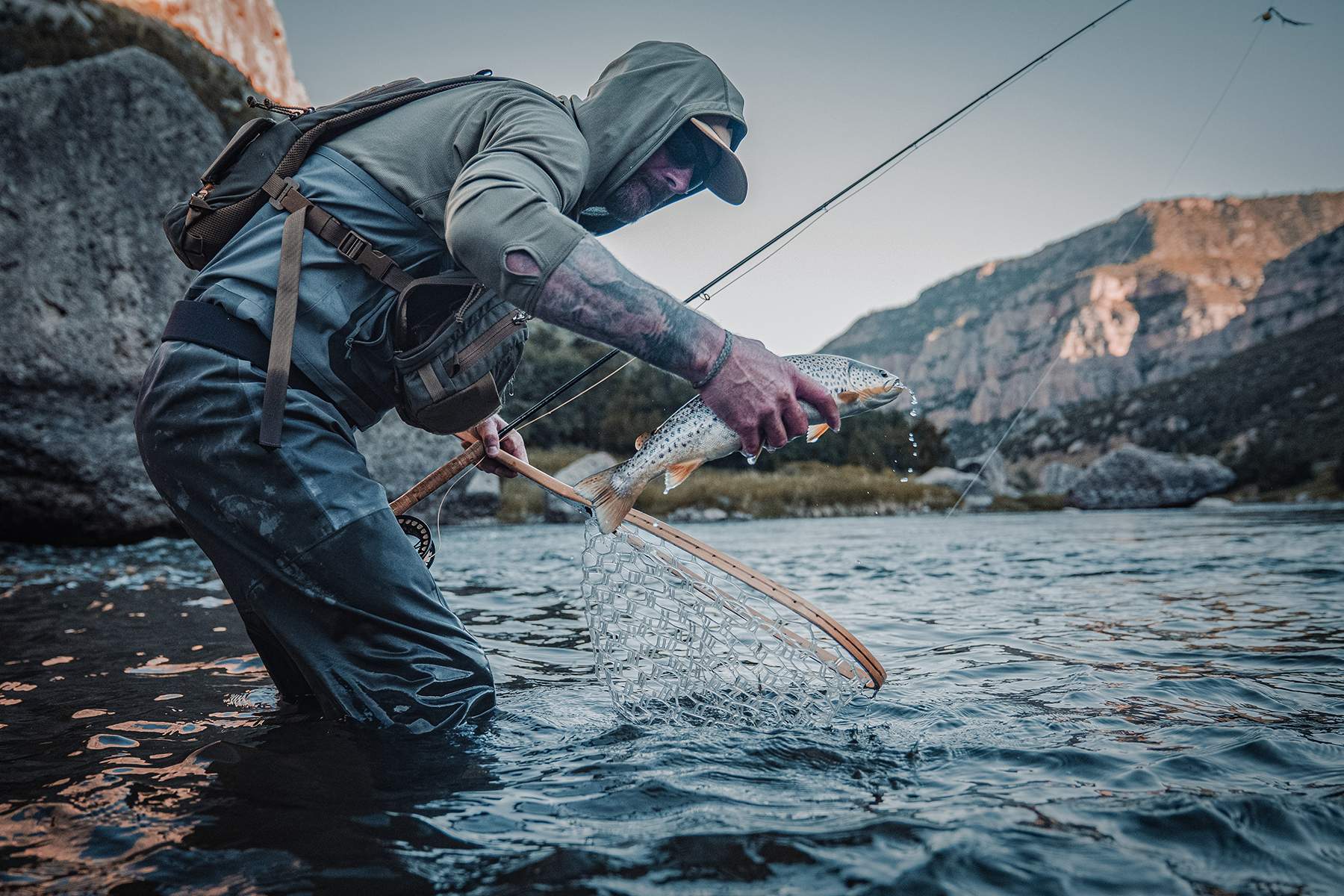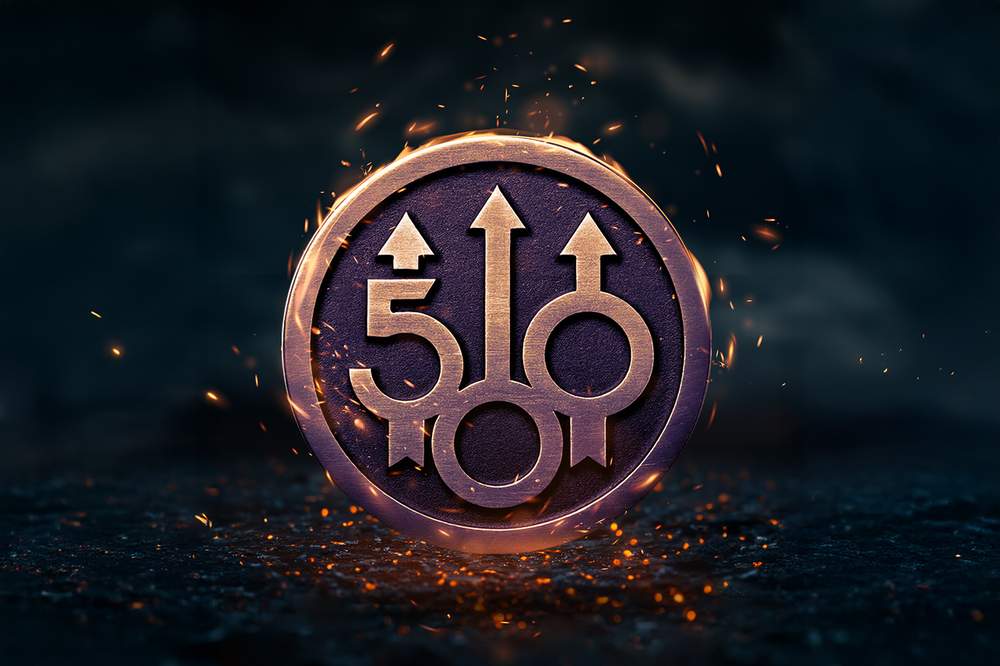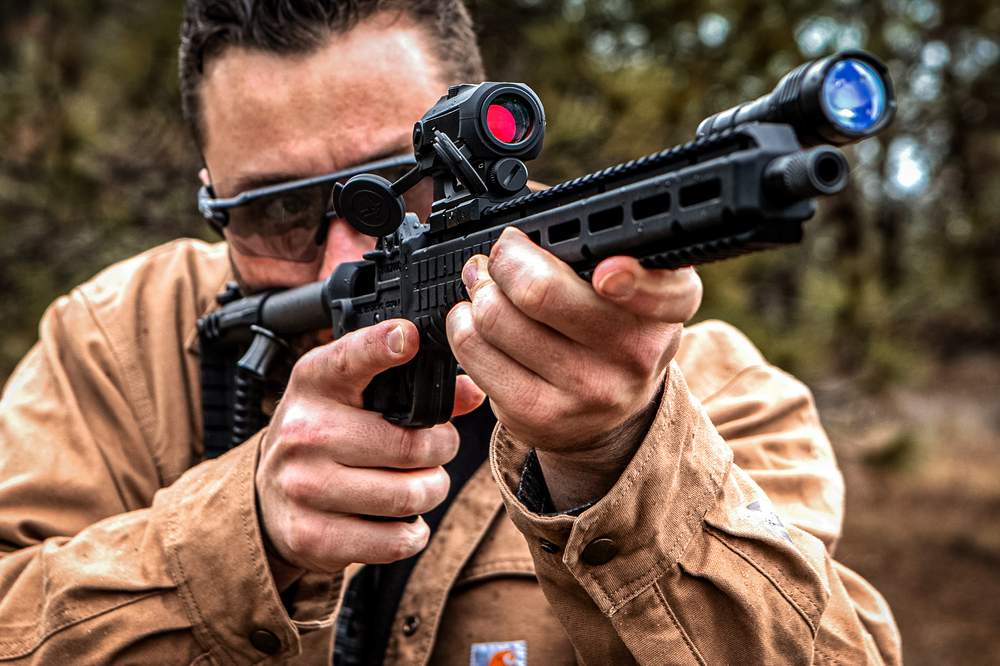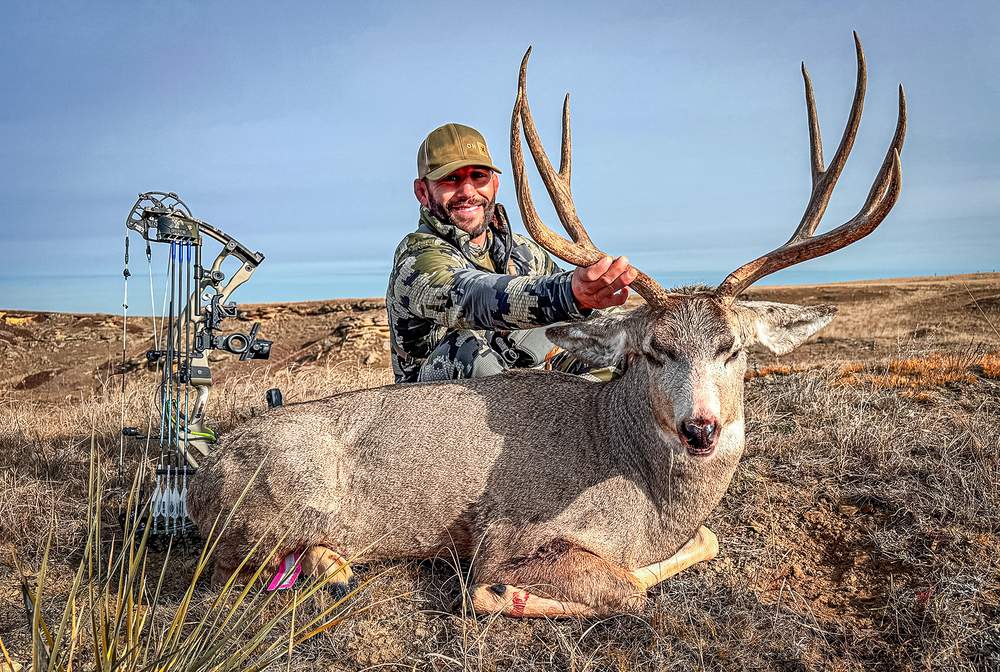Gary Marston is trolling Washington’s Hood Canal in a skiff. He’s fishing with a streamer, a muddler minnow pattern made of feather-fur materials that imitate insects riding the current. He watches the fly dip, the fish take, the line run. It’s his first hook-up with a native trout, a coastal cutthroat. He’s 10 and he’s instantly intrigued with a unique, lifetime sport. It’s 1995, more than two decades before the Western Native Trout Challenge exists.
“When I started, there were only a few books about native trout,” says Marston, a Washington resident. “Those books had fish illustrations, but photographs were nearly impossible. The internet was in its infancy and fish weren’t documented well so I started doing that myself across North America on my website, nativetroutflyfishing.com.”
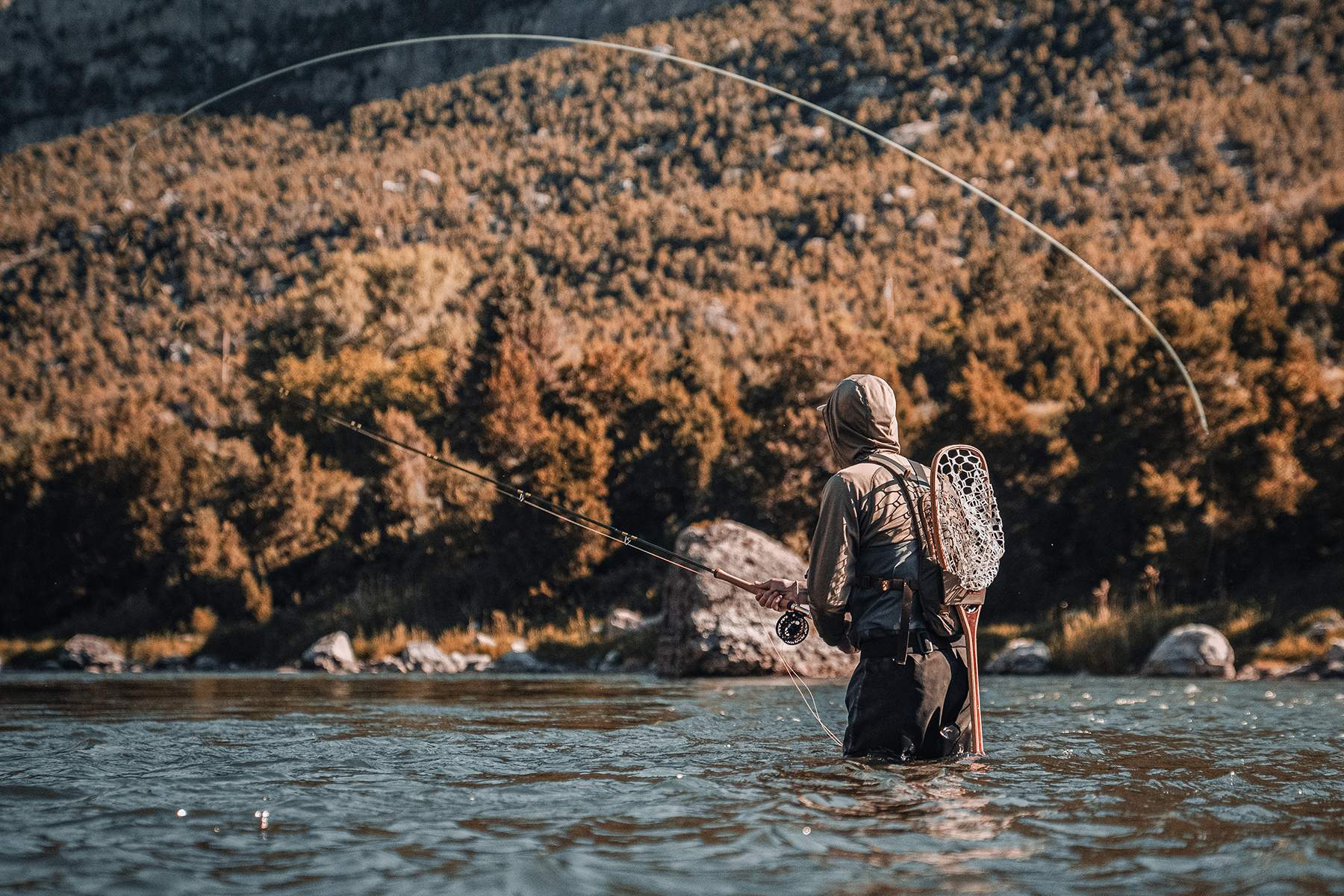
Up To The Challenge
In 2019, the nonprofit organization Western Native Trout Initiative launched the Western Native Trout Challenge. It’s a 12-state collaboration promoting conservation of native fish by challenging anglers to catch 20 specific species across the West. Nearly 2,000 people have registered so far.
There are three levels of qualification with no deadline on achievement other than the span of your lifetime. Any legal fishing method is allowed, as is catch and keep or catch and release depending on state regulations. The levels are Expert Caster, Advanced Caster, and Master Caster.
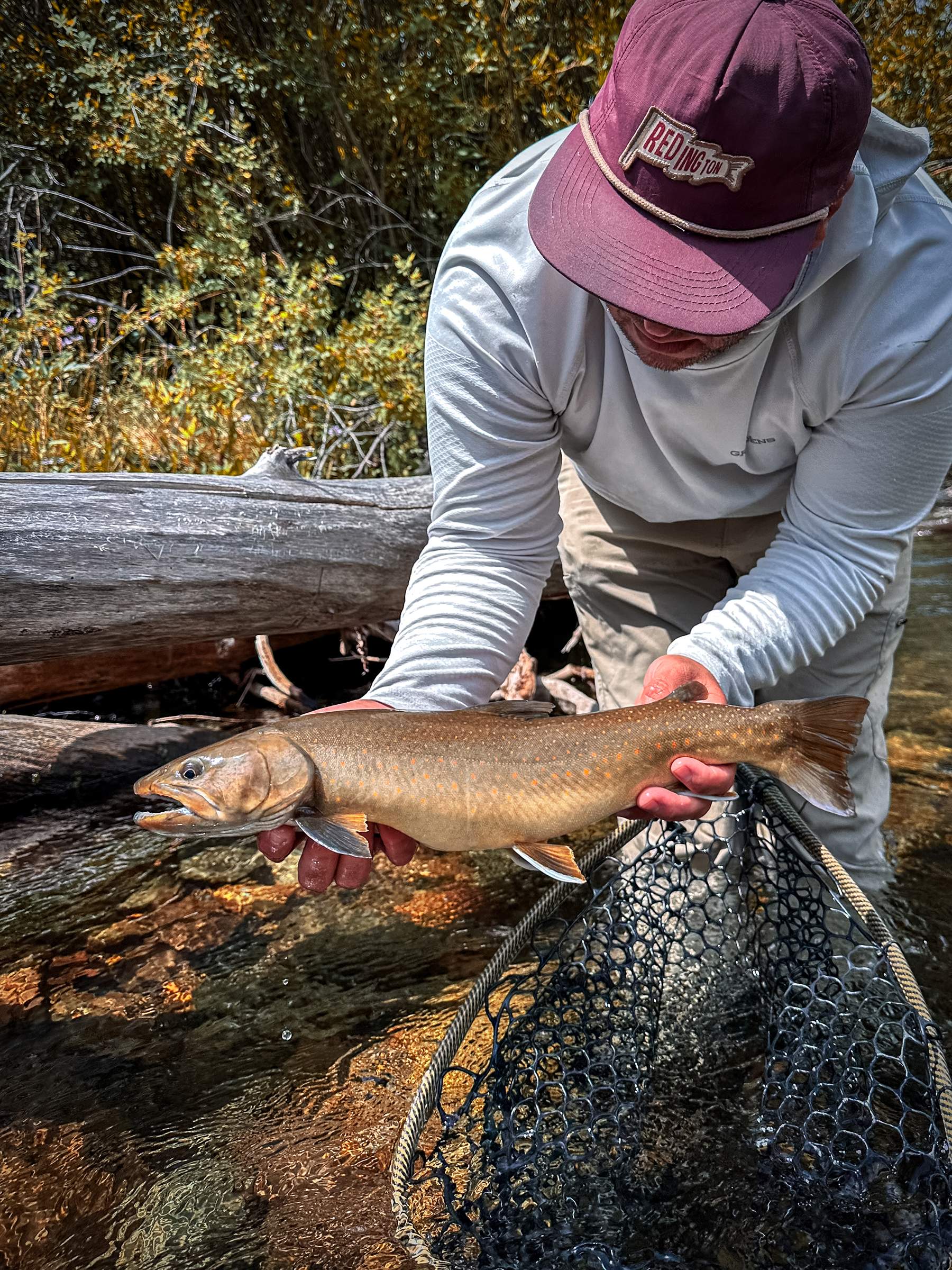
There are currently 273 registered Experts. They’ve caught six species in four states. The 83 Advanced Casters have caught 12 species in eight states. The coveted 27 Masters achieved top status by catching 18 of 20 species in 12 states. Some casters are retired and have enough free time to repeat challenges while others are not even old enough to drive.
There’s a 12-year-old fly fisher on his way to Master this year, the youngest so far. He started the challenge five years ago. There are also college students from China going to school in California who are seeking Master status this year. They’re the first out-of-country participants.
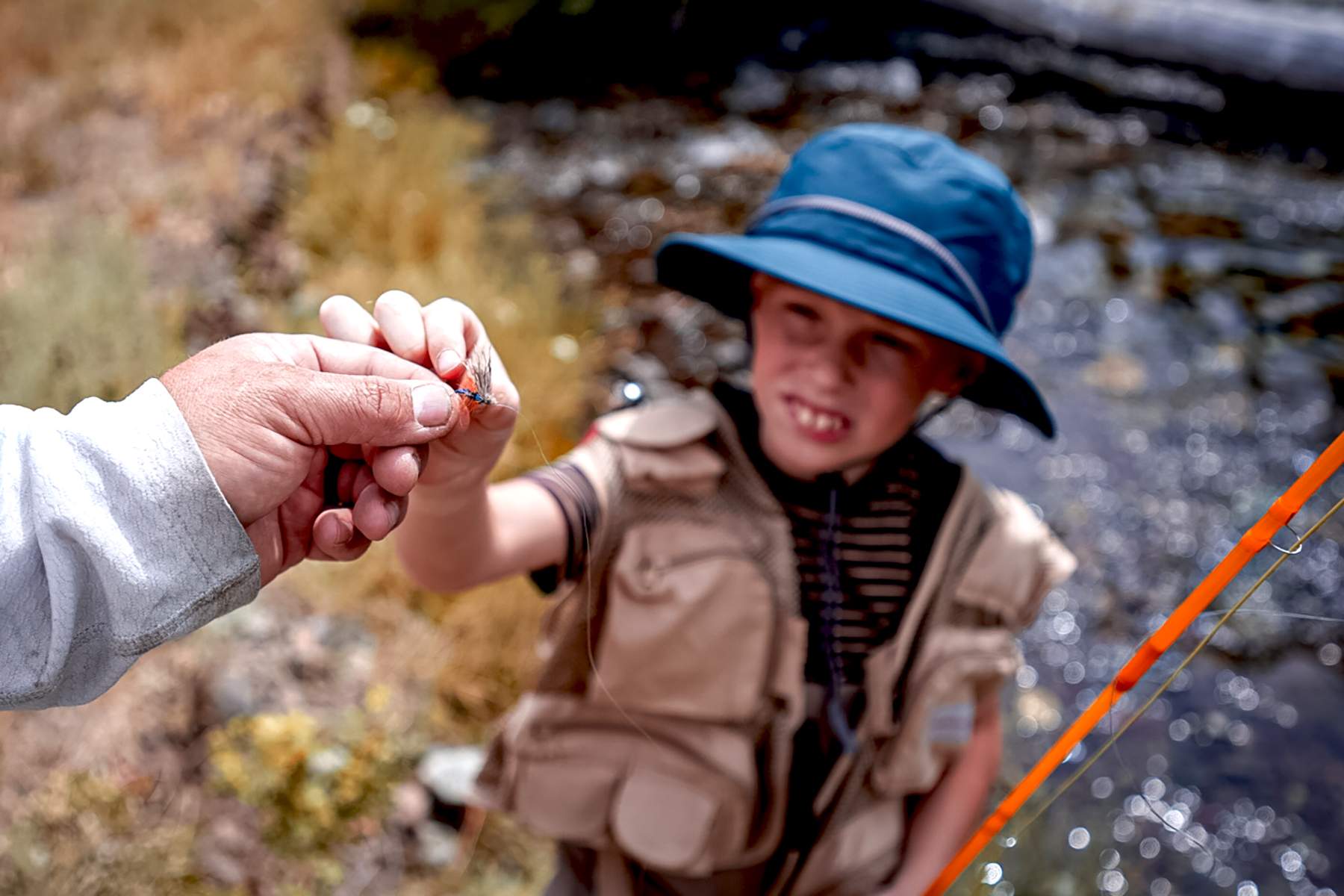
“The idea is to put people on the water with these rare fish and help them develop a love for that fish so they are advocates for it moving forward,” says Tyler Coleman, Western Native Trout Challenge manager and Utah angler. “To become an advocate for something, you actually have to experience it. There’s no one who advocates more than someone who has been there and seen what these fish go through.”
Advocating For Trout
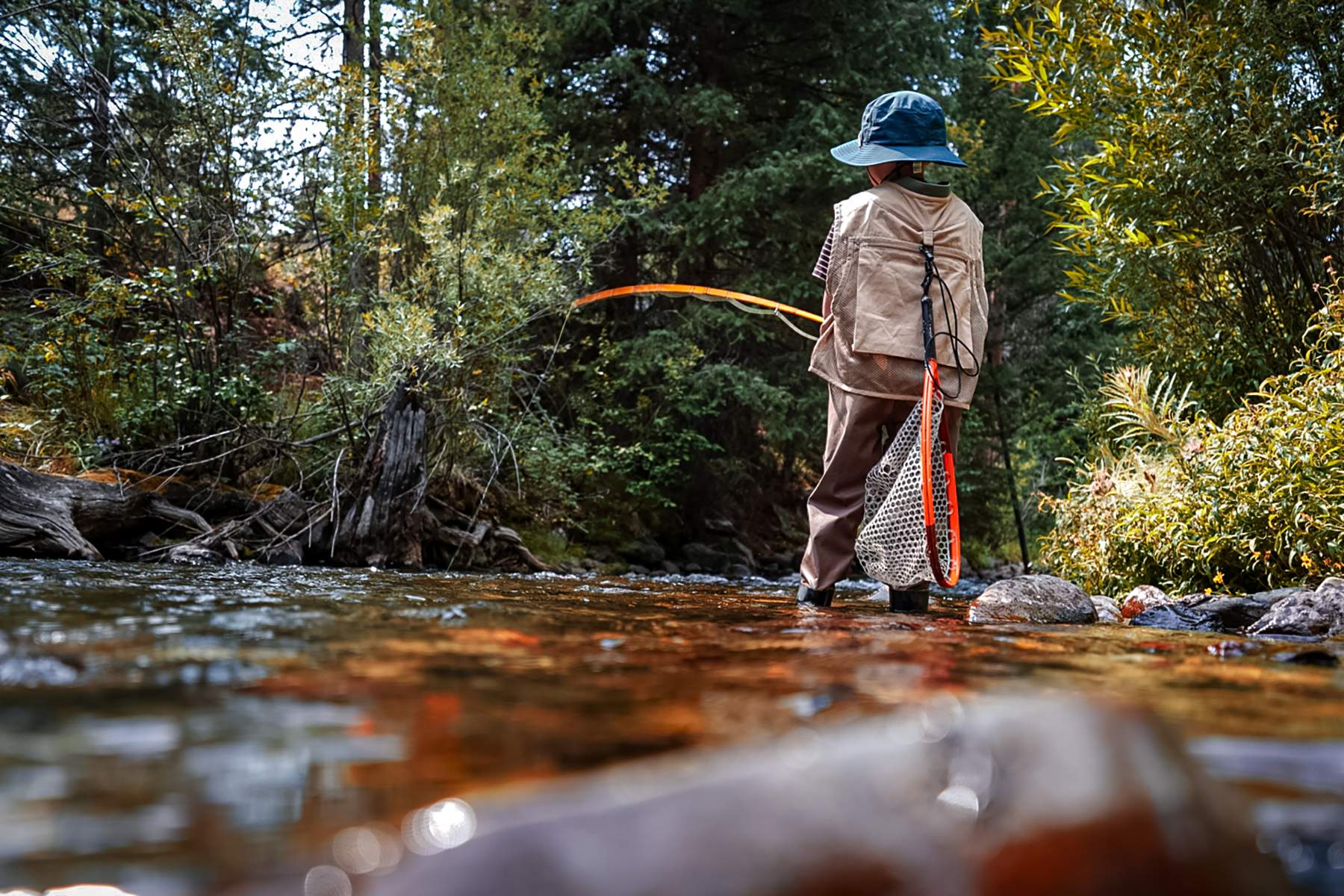
Those advocates are anglers like Marston. He’s most likely already met the three levels with his own pursuit of native trout, but much of that was before the program launched. He’s officially listed as Expert on his way to Advanced this year.
Julie Carter of Arizona is new to the program. She needs two more fish to achieve Expert status. She’s planning trips to meet that goal this year as her new empty-nester distraction. Her only child, a daughter, recently moved away to college.
“When the Western Native Trout Challenge started in 2019, I was working and doing family stuff,” she says. “As soon as my daughter started doing her own thing, I had more time. I asked myself what I used to like to do.
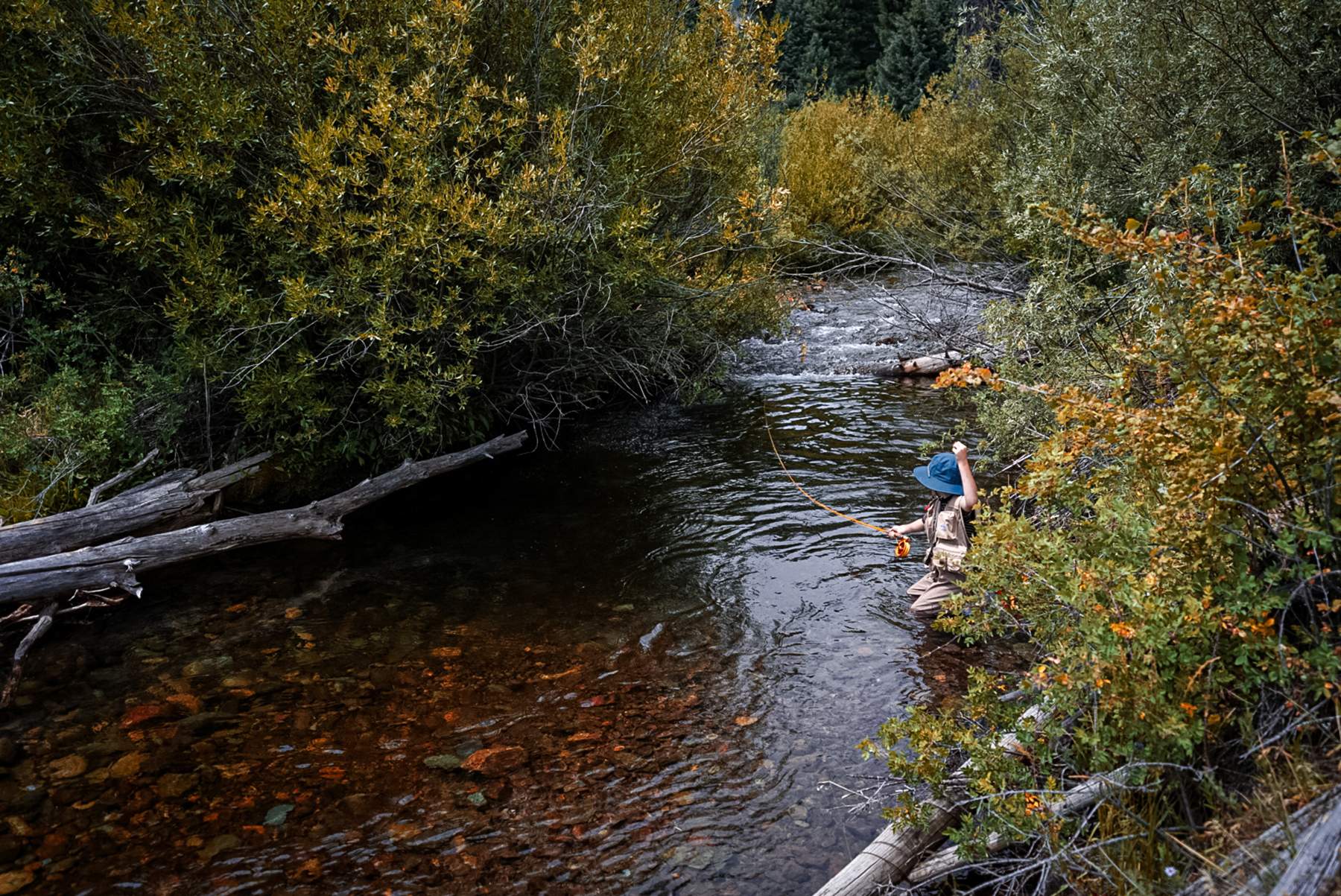
"The answer was fly fish for trout so I decided now is the time. I’m starting to chart my whole plan for where I need to go and when I need to go there. I’m super excited. It’s like this really cool adventure.”
Carter’s husband, Codey, travels with her, but he doesn’t fish. Marston’s family also travels with him. He takes a few hours out of their trips to fish for natives. Both say fishing trips are more rewarding when you do more than fish.
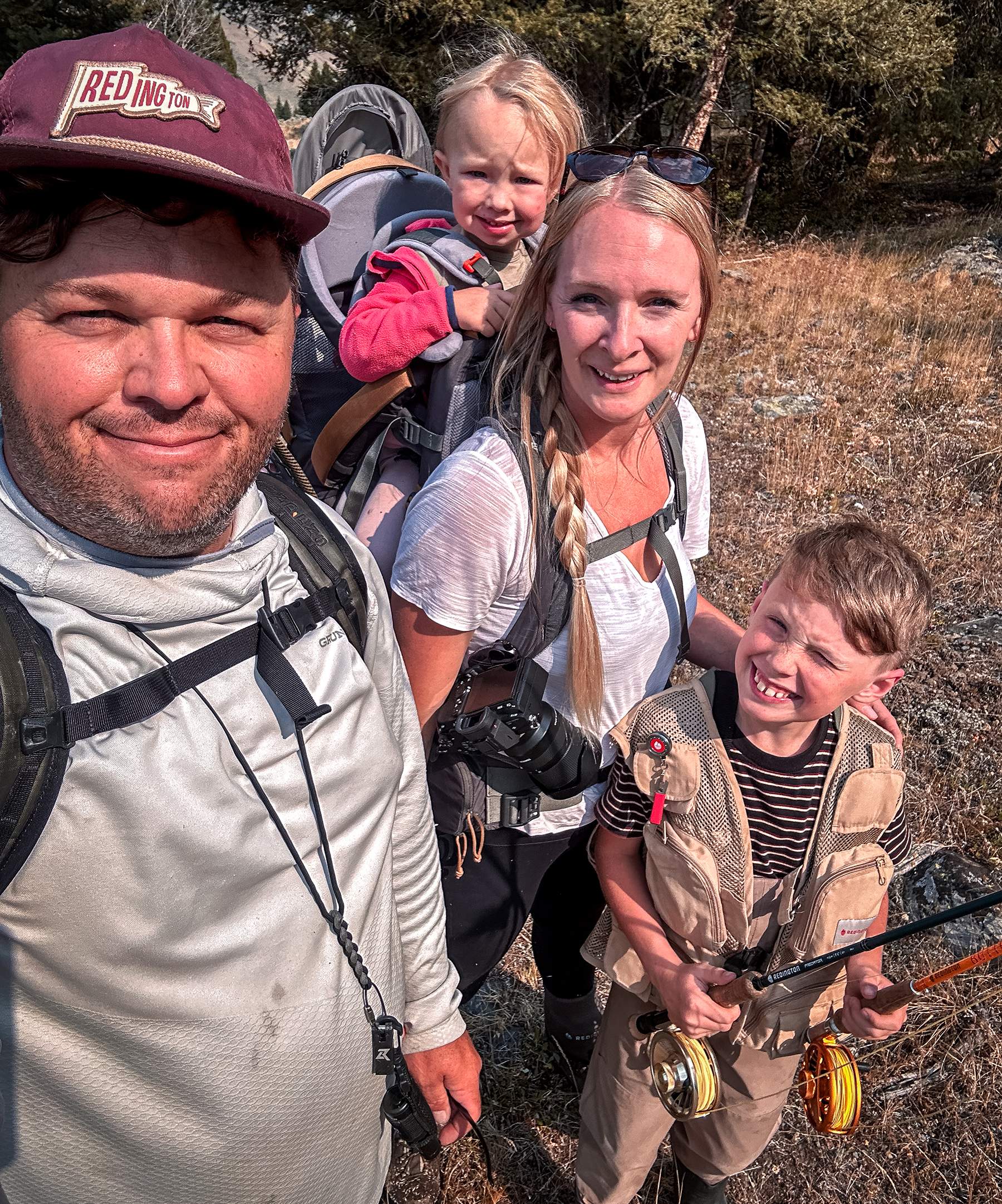
In New Mexico, Marston and his wife, Alexis, explored the eclectic art scene in Santa Fe, then he fished the Rio Grande River for Rio Grande cutthroat trout. In Utah, the Carters camped, hiked and birdwatched between angling pursuits. Sometimes Carter also adds fishing days to her work trips.
“I travel a lot for work,” Carter says. “If I’m in a location with native species, I might take a few extra days to go fishing.”
Trout Challenge By The Numbers
The Challenge is doing more for fish than anticipated. Yes, you have to catch (and photograph) them to count them, but state agencies are selective about what’s included in the program so at-risk populations are not pressured. It encourages sporting tradition. It creates connections with nature. It raises money for state agencies selling licenses, for shops selling gear and for the fish.
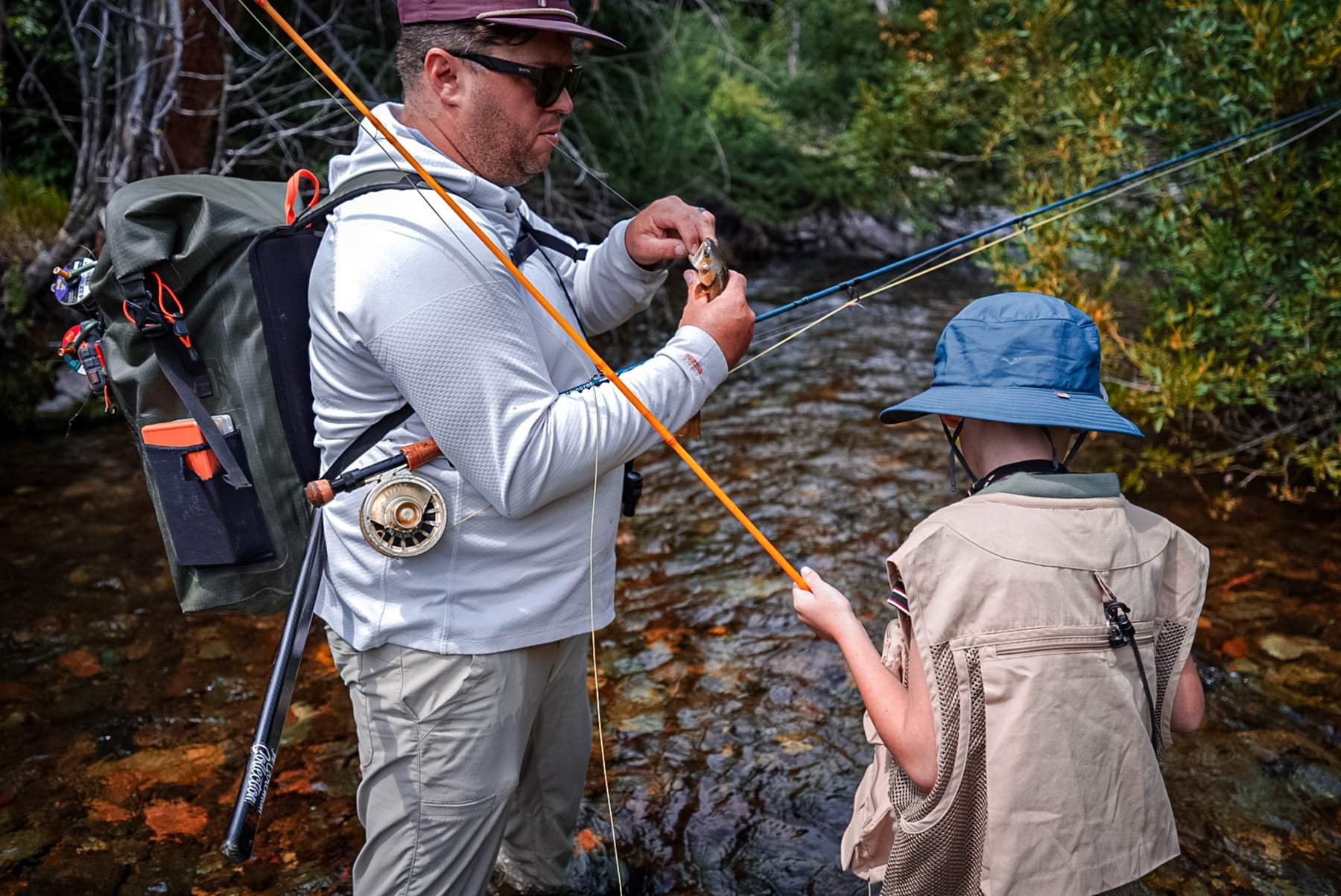
Of the $25 collected as every participant’s entry fee, (anglers under 17 register for free) $23 goes toward boots-on-the-ground native trout habitat restoration projects across the West. Through entry fees and donations, the program has raised more than $50,000 since its launch in 2019.
“The biggest point is it’s an outreach program,” Coleman says. “It’s hard to really care about something you have nothing to do with. I helped backpack Gila trout into a stream in 2015 asking, ‘What’s a Gila trout?’ My ignorance over what that species was cascaded into caring about native species.”
Coleman is nearing Advanced status this year. His wife, Anastasia, is one fish away from Expert, and his 9-year-old son, Sebastian, is so close to Expert he’ll hook it this year.
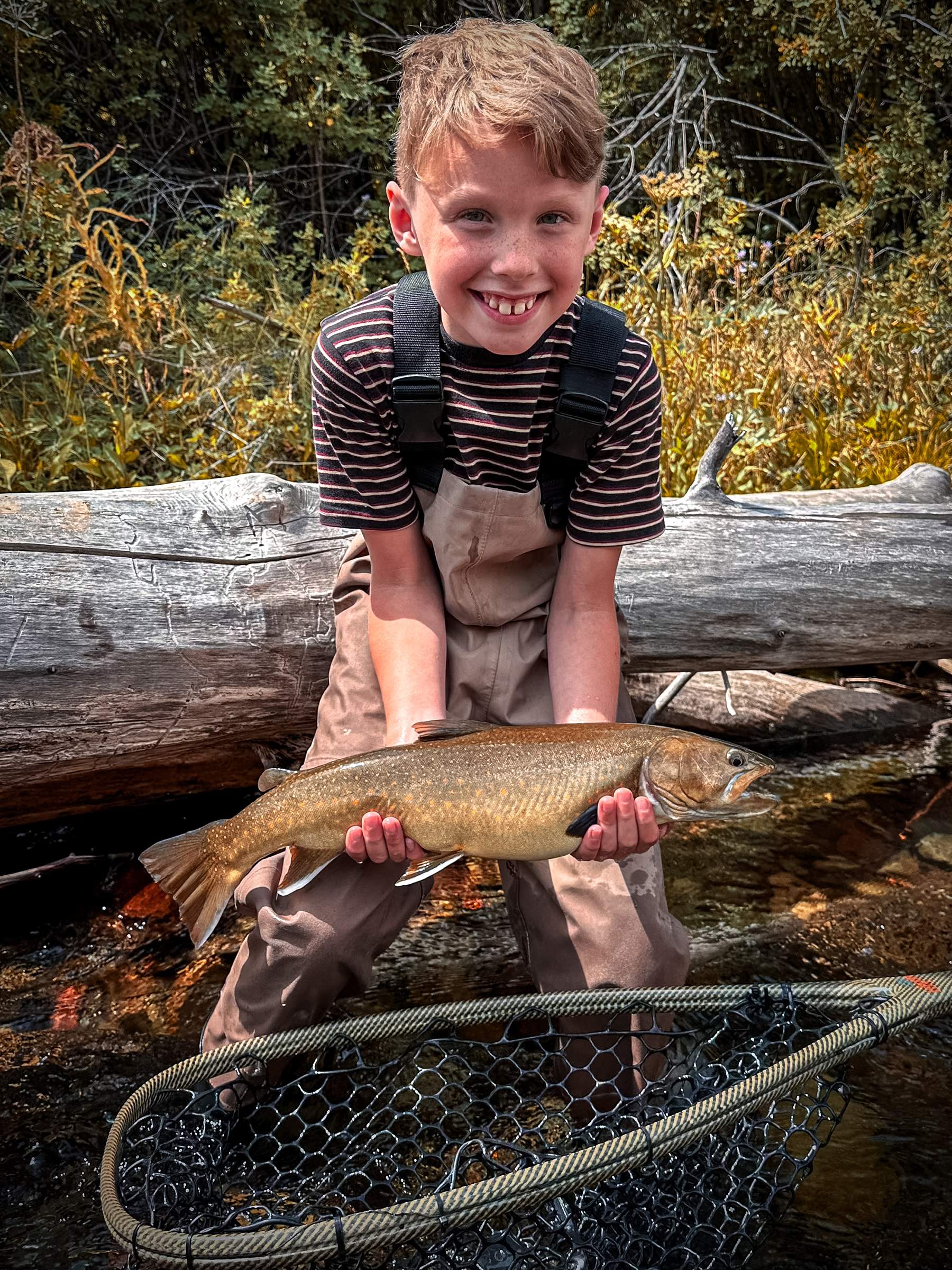
“We’ve been doing it as a family and that’s been pretty fun,” Coleman says. “Sometimes we go camping and just enjoy time on the water and hopefully catch a challenge. Other trips are specifically for catching a certain fish then leaving to get to the next one. That’s a fun chore, but if you’re not enjoying it, slow down. Make more of a memory out of the challenge.”
Marston has decades of memories with family and with fish. He’s banking on more to come. With the Challenge, that’s the whole point—going native for the sake of going fishing in the future.
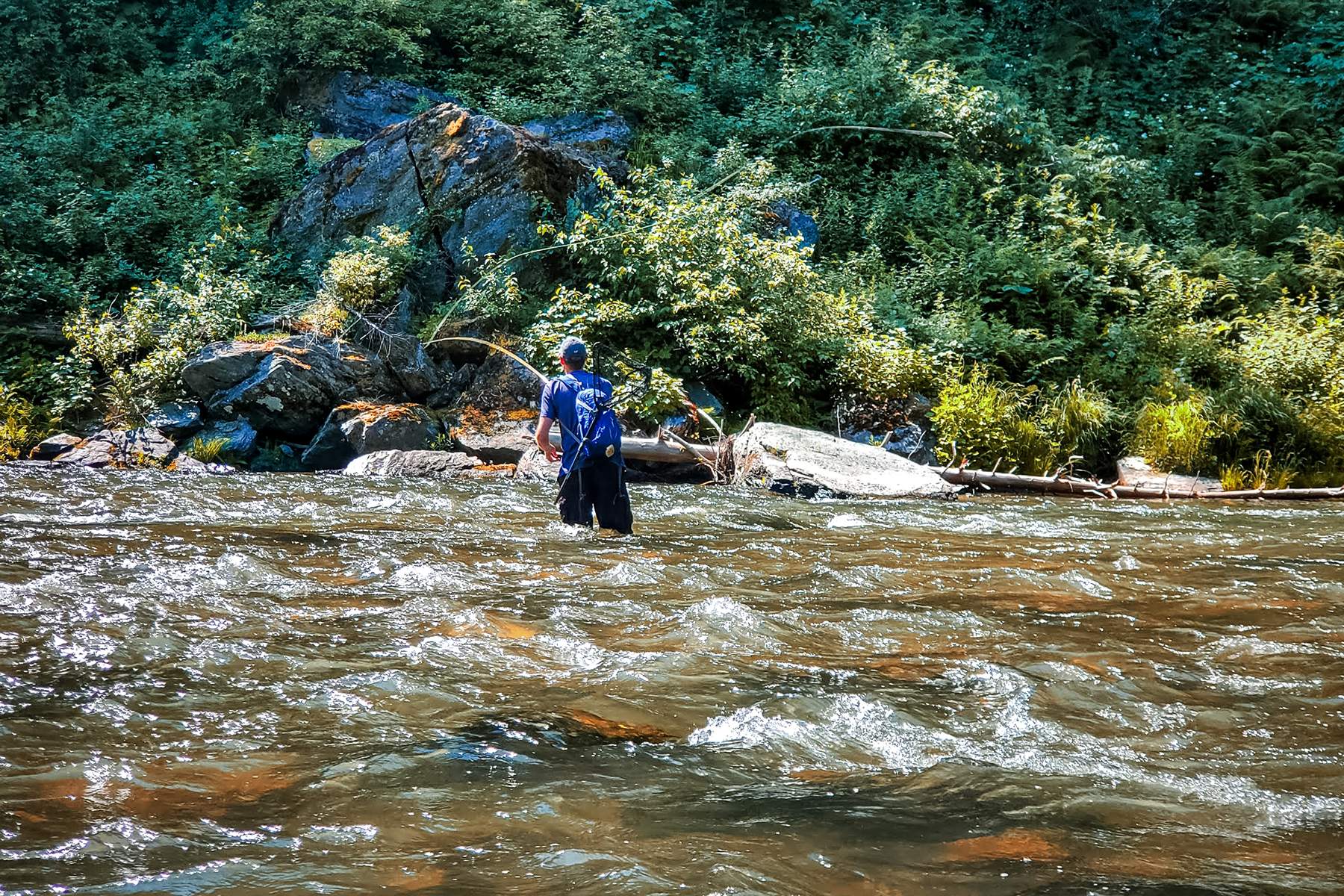
“These fish represent our natural history in North America,” he says. “They also harbor unique genetics that in a lot of cases mean they are highly adapted to their environment. Some of the environments are the harshest places in the world.
Once we lose those fish, there are very few other fish that can survive in that environment. It’s not just keeping fish where they belong. It’s providing a rare sportfishing opportunity that once it’s gone, it’s gone for good.”
Travel Tips From The Casters
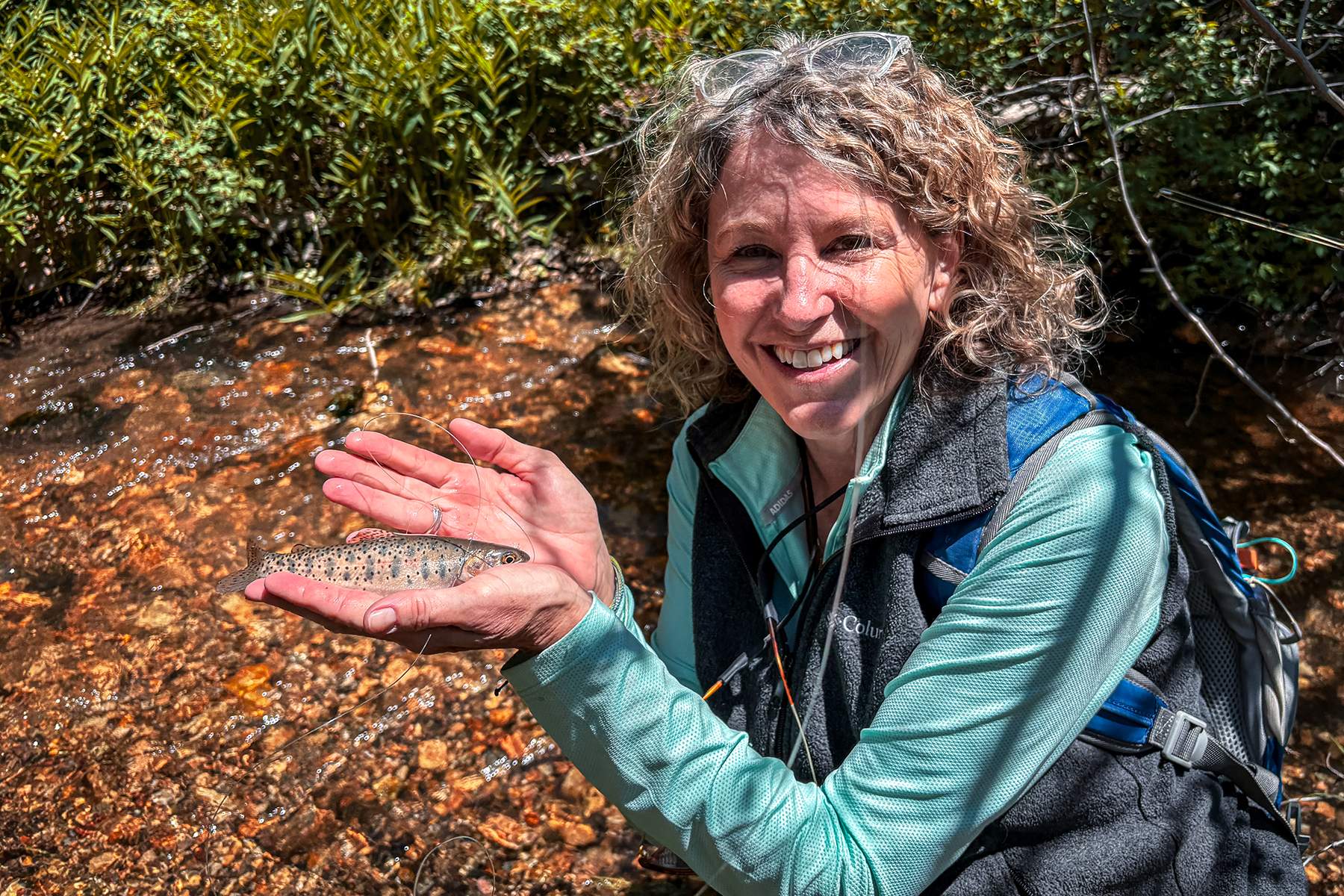
Choose a Local Restaurant
Buy beans from the local coffee shop. If there’s a brewery making a trout conservation-related beer, I take that home. I also like going to fly shops and getting a shirt or sticker as a memory from the trip.
—Tyler Coleman, Western Native Trout Challenge manager and Utah angler
It’s Not Just Going Fishing
There’s all this other fun that comes along with it. For New Mexico and Colorado, we’re renting an RV and taking our dogs.
—Julie Carter, Arizona
Do Your Research First
If anything, it’s figuring out where these fish are. Reach out to fish biologists and other native trout enthusiasts. Catching them when you get there tends to be the easy part. The hard part is figuring out where to go and the logistics of the trip.
—Gary Marston, Washington
The 12-State Native Trout Challenge
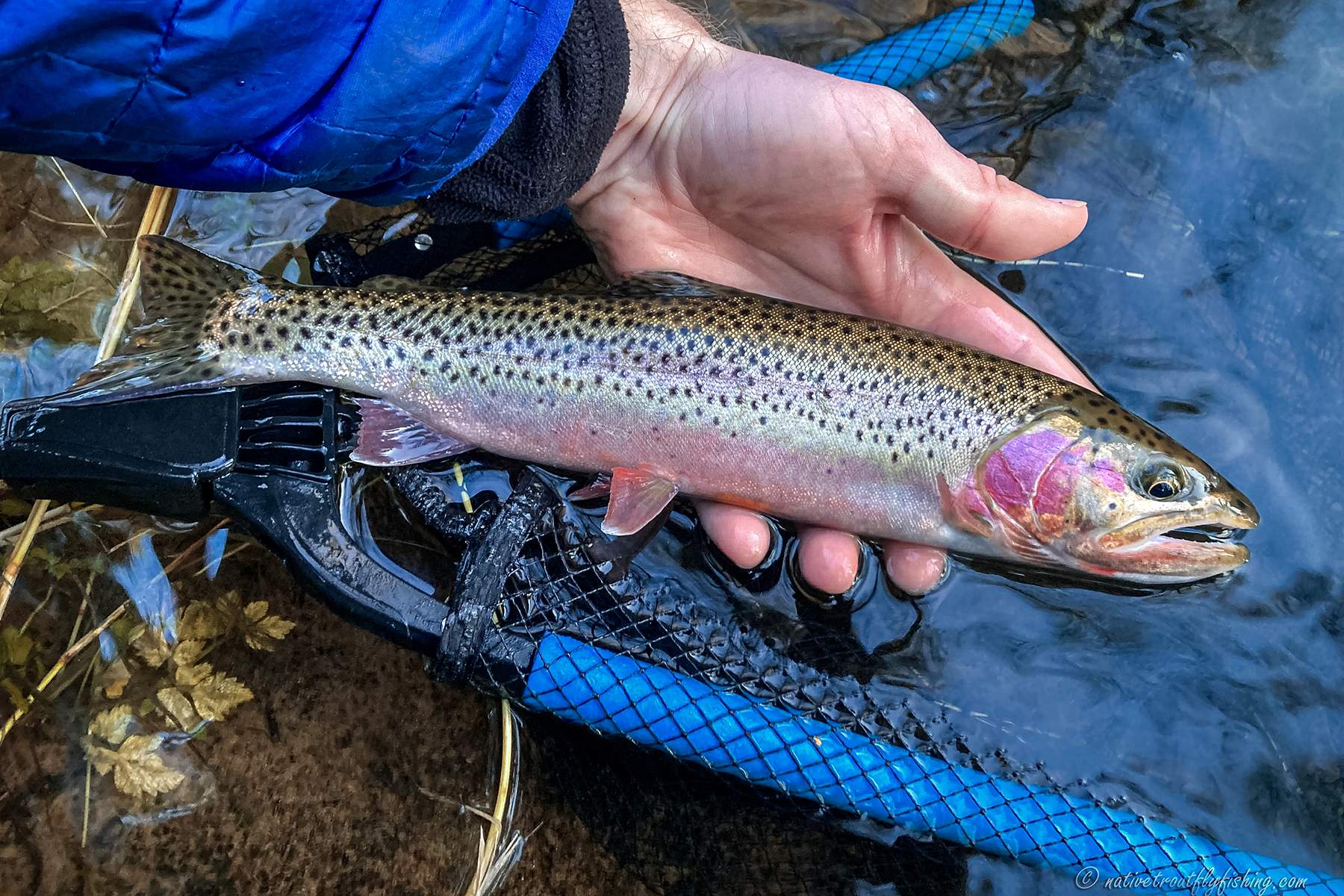
Alaska
Alaskan lake trout, Alaskan rainbow trout, Arctic Char, Arctic grayling, coastal cutthroat trout, Dolly Varden.
Arizona
Apache trout, Gila trout.
California
California golden trout, coastal cutthroat trout, Eagle Lake rainbow trout, Kern River rainbow trout, Lahontan cutthroat trout, Little Kern golden trout, redband trout.
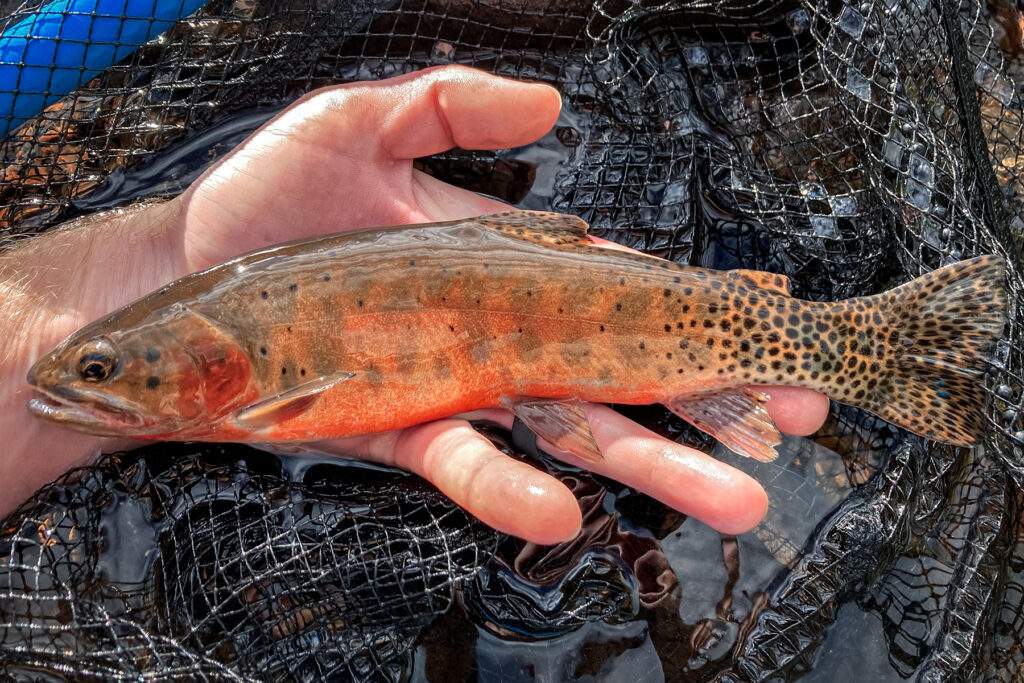
Colorado
Colorado River cutthroat trout, Rio Grande cutthroat trout.
Idaho
Bonneville cutthroat trout, bull trout, redband trout, westslope cutthroat trout, Yellowstone cutthroat trout.
Montana
Westslope cutthroat trout, Yellowstone cutthroat trout.
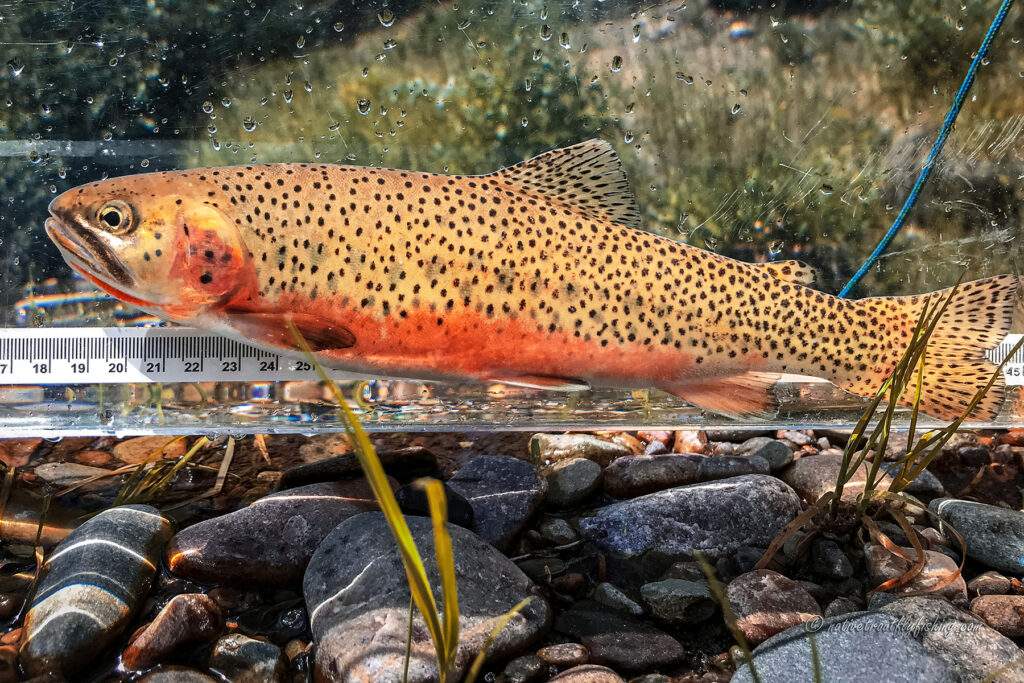
Nevada
Bonneville cutthroat trout, bull trout, Lahontan cutthroat trout, redband trout, Yellowstone cutthroat trout.
New Mexico
Gila trout, Rio Grande cutthroat trout.
Oregon
Bull trout, coastal cutthroat trout, Lahontan cutthroat trout, redband trout, westslope cutthroat trout.
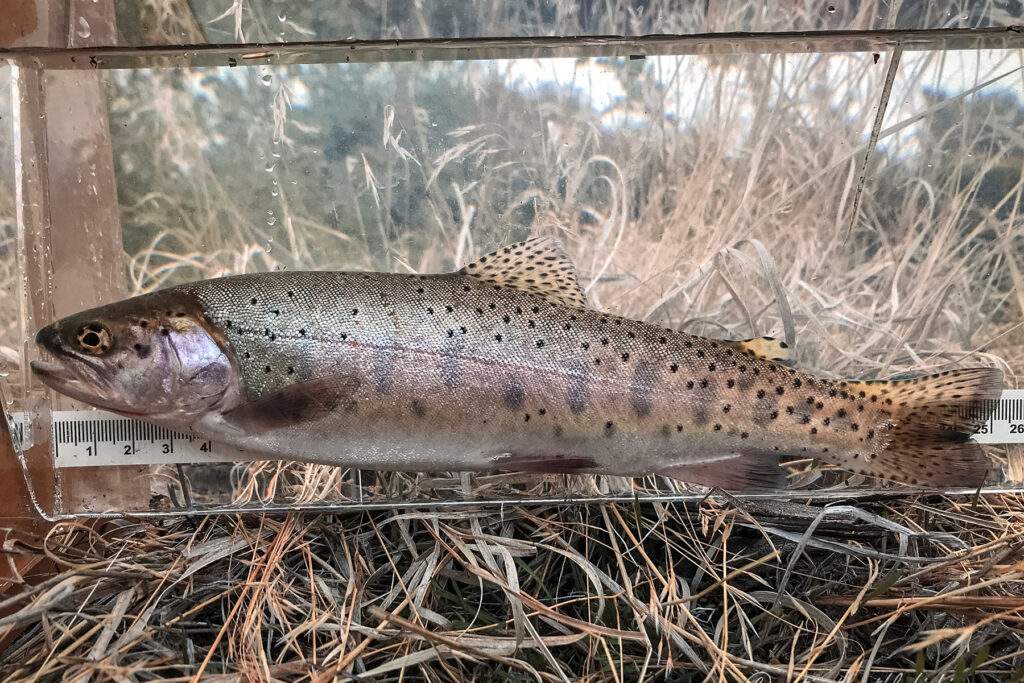
Utah
Bonneville cutthroat trout, Colorado River cutthroat trout, Yellowstone cutthroat trout.
Washington
Coastal cutthroat trout, redband trout, westslope cutthroat trout.
Wyoming
Bonneville cutthroat trout, Colorado River cutthroat trout, westslope cutthroat trout, Yellowstone cutthroat trout.
This content originally appeared in the September-October 2025 print edition of Hook & Barrel magazine.
